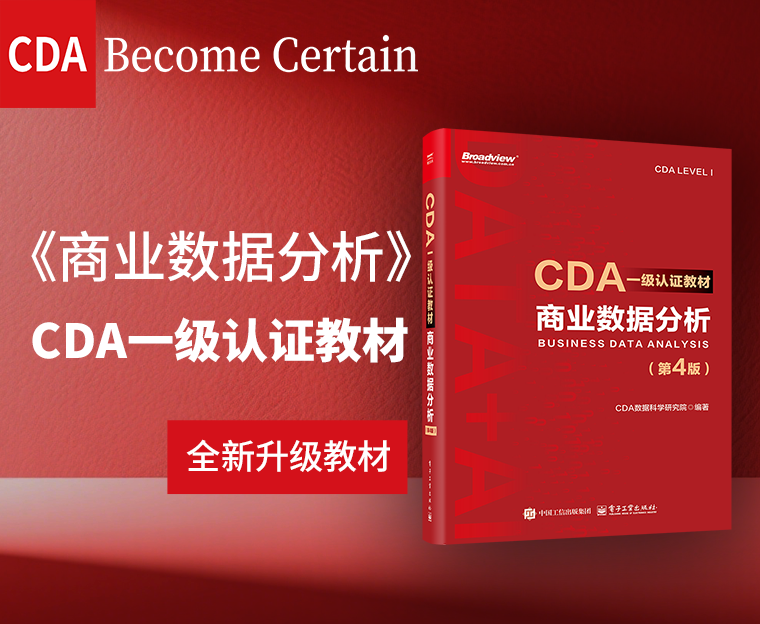2019-01-15
阅读量:
1009
机器学习里的KMeans 算法
KMeans 算法通过试图分离 n groups of equal variance(n 个相等方差组)的样本来聚集数据,minimizing (最小化)称为 inertia 或者 within-cluster sum-of-squares (簇内和平方)的 criterion (标准)。 该算法需要指定 number of clusters (簇的数量)。它可以很好地 scales (扩展)到 large number of samples(大量样本),并已经被广泛应用于许多不同领域的应用领域。
k-means 算法将一组

样本

划分成

不相交的 clusters (簇)

, 每个都用 cluster (该簇)中的样本的均值

描述。 这个 means (均值)通常被称为 cluster(簇)的 “centroids(质心)”; 注意,它们一般不是从

中挑选出的点,虽然它们是处在同一个 space(空间)。 K-means(K-均值)算法旨在选择最小化 inertia(惯性) 或 within-cluster sum of squared(簇内和的平方和)的标准的 centroids(质心):

Inertia(惯性), 或 the within-cluster sum of squares(簇内和平方差) criterion(标准),可以被认为是 internally coherent clusters (内部想干聚类)的 measure (度量)。 它有各种缺点:
- Inertia(惯性)假设 clusters (簇)是 convex(凸)的和 isotropic (各项同性),这并不是总是这样。它对 elongated clusters (细长的簇)或具有不规则形状的 manifolds 反应不佳。
- Inertia(惯性)不是一个 normalized metric(归一化度量): 我们只知道 lower values (较低的值)是更好的,并且 零 是最优的。但是在 very high-dimensional spaces (非常高维的空间)中,欧几里得距离往往会变得 inflated (膨胀)(这就是所谓的 “curse of dimensionality (维度诅咒/维度惩罚)”)。在 k-means 聚类之前运行诸如 PCA之类的 dimensionality reduction algorithm (降维算法)可以减轻这个问题并加快计算速度。
 0.0000
0.0000
 0
0
 3
3

 关注作者
关注作者
 收藏
收藏
评论(0)
 发表评论
发表评论
暂无数据
推荐帖子
0条评论
0条评论
0条评论












